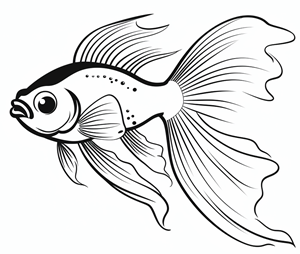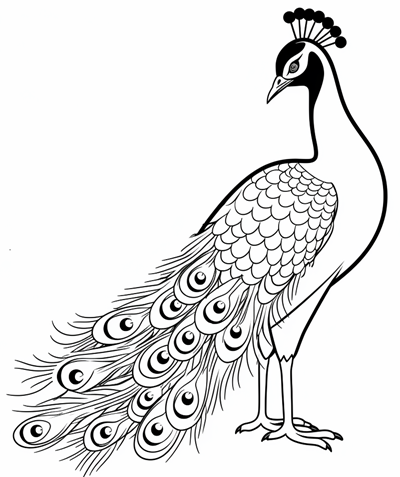How Females Choose Their Mates - CER
Charles Darwin was the first to propose that competition for mates plays a role in reproductive success, a process he called sexual selection. Darwin hypothesized that any trait that gives a male mating and fertilization advantages will evolve in a population because males with such traits will produce more offspring than their competitors. How did female choice evolve?
Natural selection may favor females who choose mates that provide them with some direct benefit. For example, that trait may increase their fertility. It may also improve the chance of their young surviving.
When males provide no obvious resources, such as food or protection, females may choose to mate with the males that appear to have the best genes. How do they know which males have good genes? Females may be attracted to males that have honest indicators of male fitness, a hypothesis known as the handicap principle. Honest indicators, which are "costly" to produce and maintain, should be associated with the most vigorous males.

The handicap principle can be observed in the Trinidad guppy. When a predatory fish nears a school of guppies, some males approach the threat. These bold males may swim close to a predator to advertise their vigor to nearby females. In fact, laboratory studies have shown that when no females are present, the male guppies stay away from the danger.
Boldness exhibited by the guppies might be attractive to females because it should be a reliable indicator of fitness. Less fit guppies who tried would likely be eaten. In laboratory tests, scientists discovered that females tended to prefer the more daring males. The behavior also correlates with color. The males that swim closest to the predator are usually the most colorful. Females may have evolved a preference for colorful males because color is an indicator for fitness.
Once females have expressed a preference for a certain trait, a process called runaway selection can occur. If the female guppies preferred the brightly colored males, then their offspring are likely to be brightly colored. Over time, the traits become more and more exaggerated.
Examples of Runaway Selection:
Peacock's Tail: Peahens prefer males with larger and more elaborate tails, even though such tails can hinder the peacock's ability to escape predators.

Deer Antlers: In species like deer, male antlers can be large and heavy, making them a potential disadvantage for survival. However, females prefer males with larger antlers.
Ornate Spiders: Some male spiders have evolved extravagant ornamentation and body structures that they use in courtship displays. Females prefer males with more elaborate displays.
Coloration in Frogs: Some frog species exhibit bright and conspicuous coloration that is favored by females. These colorations, often involving striking patterns or hues, have evolved through runaway selection.
1. What is the CLAIM being mad regarding the origin of bright colors and risky behaviors in animals?
2. What is the EVIDENCE for the claim?
3. What is the REASONING or explanation for the traits. Connect the claim to evolutionary theory.


